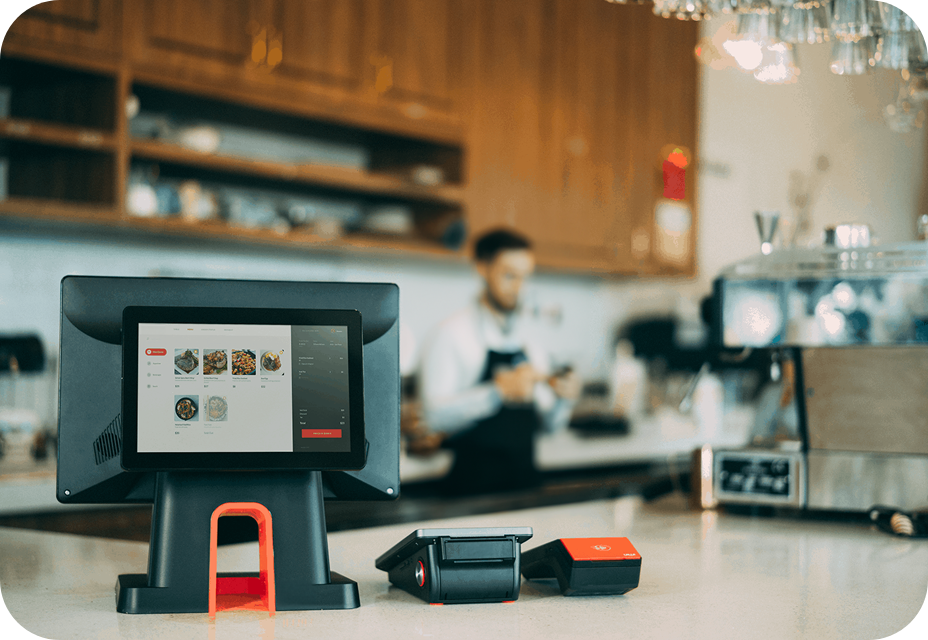Using POS Reports to Make Better Business Decisions

In the modern retail and hospitality landscape, data is one of the most valuable assets a business can have. While many restaurant and grocery store owners focus on day-to-day operations, the real power lies in understanding the numbers behind the scenes. This is where Point of Sale (POS) reports come into play. A smart POS system doesn’t just process transactions—it collects and organizes data that can transform how you run your business.
What Are POS Reports?
POS reports are detailed summaries generated by your Point of Sale system that provide insights into various aspects of your business. These reports typically cover:
- Sales performance
- Inventory levels
- Customer behavior
- Employee activity
- Payment methods
- Peak business hours
Instead of guessing what’s working and what isn’t, POS reports provide you with concrete data to make smarter, faster, and more profitable decisions.
1. Tracking Sales Trends
One of the most common and useful POS reports is the sales report. It gives you a clear view of how your business is performing on a daily, weekly, or monthly basis. With this data, you can identify:
- Best-selling items
- Low-performing products
- Sales peaks and slow periods
- Revenue generated by each category
For restaurants, this could help with menu engineering—knowing which dishes are top performers. For grocery stores, it highlights which products need restocking more frequently or may need better promotions to move.
2. Better Inventory Management
POS systems that track inventory in real-time allow you to stay on top of stock levels. Inventory reports help you:
- Avoid overstocking or understocking
- Identify theft or shrinkage
- Understand product turnover rate
- Track expiration dates (especially important in grocery businesses)
For example, if your grocery POS shows that certain dairy items are expiring before being sold, you might adjust order quantities or launch targeted promotions to reduce waste.
3. Enhancing Customer Experience
Customer-focused reports give insights into buyer behavior, preferences, and frequency of visits. Some POS systems allow you to create customer profiles that log purchase history and loyalty activity.
This information helps you:
- Personalize marketing campaigns
- Offer relevant promotions
- Reward loyal customers
- Identify your most valuable clientele
Restaurants can use these insights to recommend menu items based on previous visits, while grocery stores might offer personalized discounts on frequently purchased items.
4. Optimizing Staffing and Schedules
Labor reports from your POS system can show how many transactions each employee handles, average ticket size, and peak hours of operation. This helps you make better staffing decisions, such as:
- Identifying top-performing staff members
- Adjusting shifts to match busy hours
- Reducing unnecessary labor costs during slow periods
- Preventing understaffing during rush hours
By matching staffing levels with real data, you ensure better service while keeping payroll under control.
5. Informed Financial Planning
Your POS system can integrate with accounting software or provide its own detailed financial reports. These include:
- Daily cash flow
- Tax summaries
- Profit margins
- Payment method analysis
Armed with accurate financial data, business owners can plan for future growth, set realistic budgets, and prepare for tax season without the last-minute scramble.
6. Making Smarter Marketing Decisions
POS reports show you what’s working when it comes to promotions and discounts. You can:
- Track which offers drive the most sales
- Measure ROI on specific campaigns
- Adjust future marketing strategies based on data
This is especially useful for seasonal campaigns or limited-time offers, where performance needs to be evaluated quickly.
Final Thoughts
Whether you run a small café, a high-volume restaurant, or a local grocery store, your POS system holds a treasure trove of insights. The key is to use these POS reports strategically—not just to look back at what happened, but to make better business decisions moving forward.






